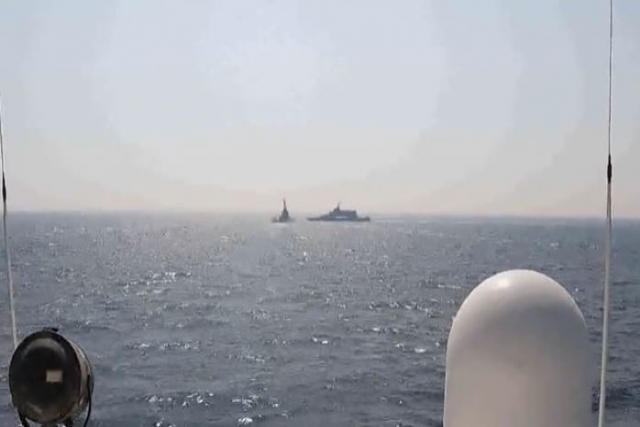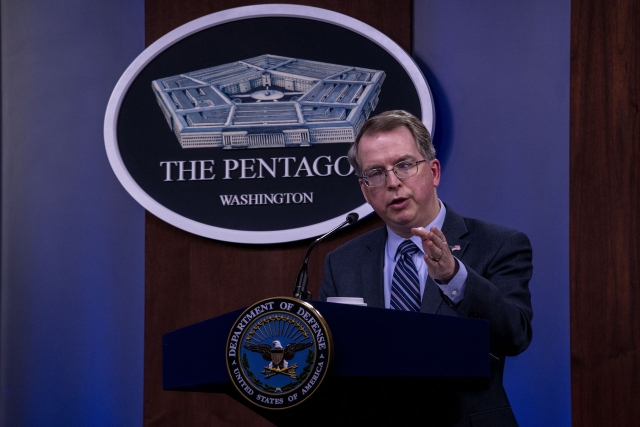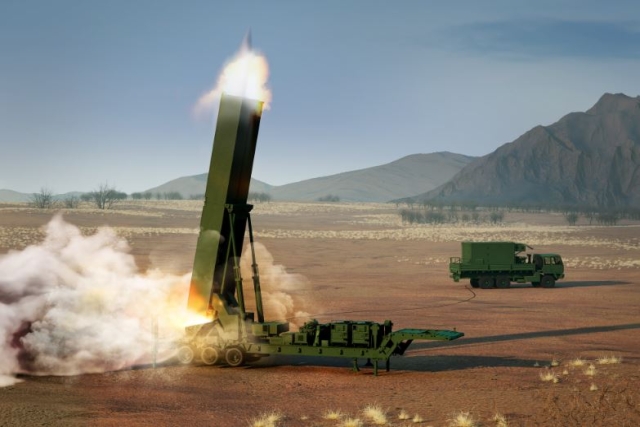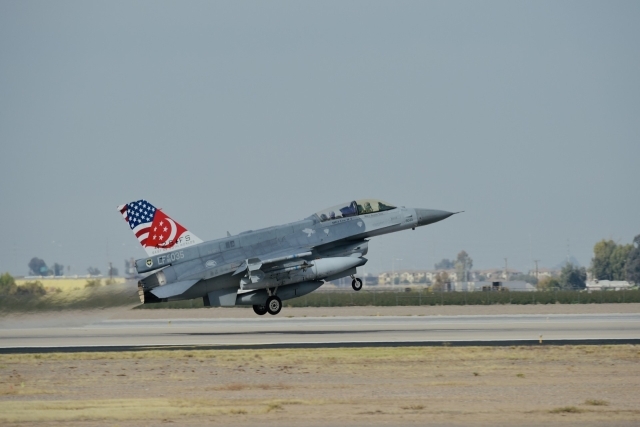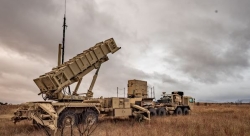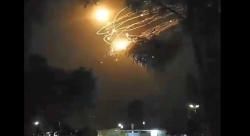U.S. Fires 30 Warning Shots as Iranian Vessels "Harass" its Ships Escorting Submarine

After 13 "fast boats" with the Islamic Revolutionary Guard Corps (IRGC) Navy precariously approached U.S. Navy vessels escorting guided missile submarine USS Georgia in the Strait of Hormuz, the latter fired 30 warning shots.
"This group of fast attack boats approached the U.S. formation at high speed, closing in as close as 150 yards," Pentagon Press Secretary John F. Kirby said. "After following all the appropriate and established procedures involving ships: horn blast, bridge-to-bridge radio transmissions and other ways of communicating, the [U.S.] Coast Guard Cutter Maui ... fired approximately 30 warning shots from a 50 caliber machine gun. After the second round of warning shots, the 13 fast-attack craft from the IRGCN broke contact."
Kirby said it was six U.S. Navy vessels that were escorting the guided missile submarine USS Georgia which were involved in the incident. He added that the Coast Guard cutter fired warning shots while the IRGCN ships were at the 300-yard mark and then again when they were at the 150-yard mark.
It's not clear now under whose direction those IRGCN ships were operating, Kirby said. But he also added that harassment from the IRGCN is nothing new.

"Harassment by the IRGC Navy is not a new phenomenon," he said. "It is something that all our commanding officers and crews of our vessels are trained ... for when serving in the Central Command area of responsibility, particularly in and around the Gulf."
The U.S. response to the harassment, Kirby said, was appropriate for the situation the American ships were in.
"Our commanding officers and crew of our ships — they have the right of self-defense and they know how to use that right," he said. "They have the means at their disposal to defend their ships and their crews and they also, as I think we've seen now in this second incident, are very stringent about following the proper procedures for providing warnings: verbally first, and then if need be, through the use of warning shots to try to change or mitigate the Iranian behavior.”
Late last month on April 26, three IRGCN fast inshore attack craft approached U.S. Navy vessels in a similar fashion as today's incident. Then, U.S. ships issued warnings as they did today. When those warnings failed, the USS Firebolt fired warning shots and the IRGCN ships moved away to a safe distance.
While the Iranian Navy has not given out its version of the May 10 or the April 26 incidents, it may have something to do with Tehran’s claim over the Strait of Hormuz. "Today, every ship entering the Persian Gulf will be monitored in accordance with the bandwidth control code in the Strait of Hormuz, and has to identify itself,” said Rear Admiral Alireza Tangsiri, commander of the IRGC Navy, on April 30.

